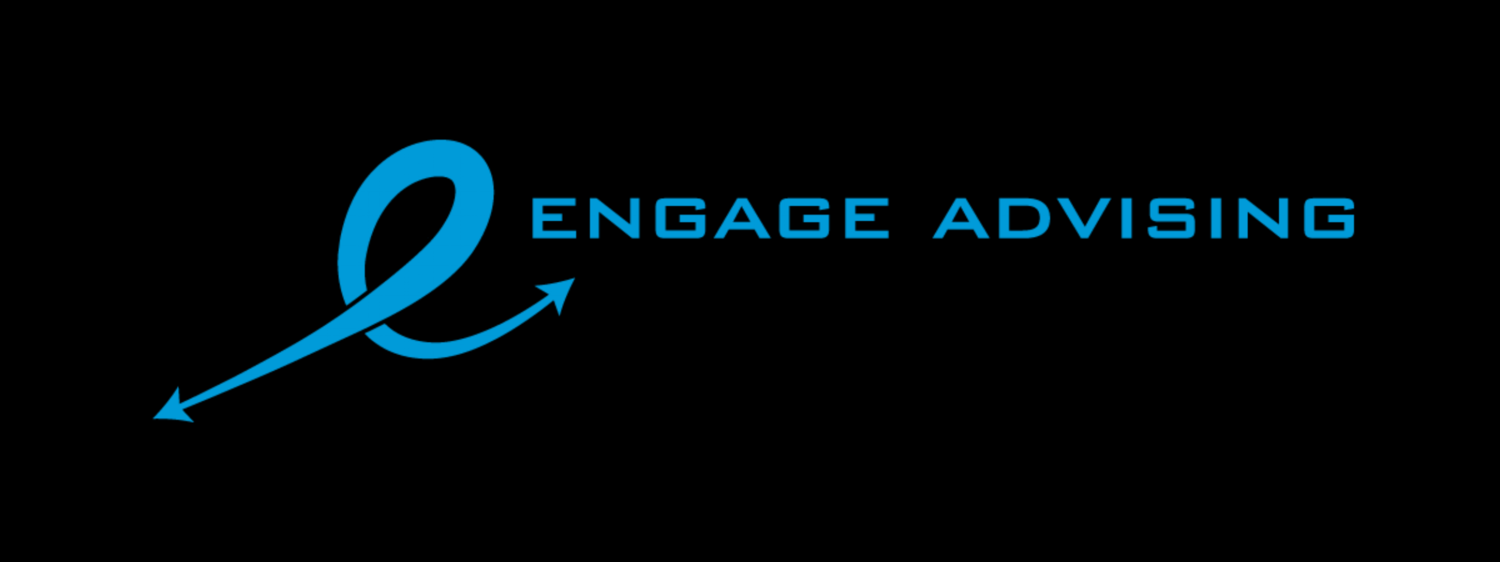We covered the traditional IRA and the Roth IRA in our previous posts. This week, we’ll take a peek at the SEP IRA. I say a ‘peek’ because there is a lot to this IRA regarding rules, eligibility, and when and how, or if it should be implemented. If you are a candidate, you’ll definitely want to meet with your financial planner to discuss if the SEP IRA is indeed your best option.
Let’s start with the basics. SEP stands for Simplified Employee Pension (SEP) and describes a variation of the traditional IRA. The SEP IRA allows employers to contribute to an employee’s individual IRA account. Employees set up their own IRA accounts to receive contributions. The SEP IRA also allows the employer to save for retirement for themselves. Contributions to accounts are made by the business and are an expense.
The SEP IRA is generally used by the self-employed and small business owner. In fact, if you have a lot of employees, the SEP IRA is probably not your best candidate for a retirement savings vehicle.
The maximum contribution is $57,000 for 2020. This adjusts periodically so always remember to check the current IRS limits. With all good things, there is the fine print. Contributions cannot exceed the lesser of $57,000 or 25% of compensation. You can use compensation up to $285,000 for 2020 to calculate the 25%. You should also not that for the self-employed, the contribution calculation is actually 20% of net self-employment income. Yep, lots of details to confirm before deciding on a SEP IRA.
A few other points to keep in mind. You have to contribute a proportional contribution for each eligible employee if you contribute for yourself as business owner. An employee is eligible to participate if the employee earned $600, worked 3 of the last 5 years, and is age 21. There is no catch-up provision for those age 50 or older. There is also no Roth version of the SEP IRA. Early distributions, prior to age 59 1/2, have a 10% penalty in addition to your ordinary income tax unless an exception applies. There are required minimum distributions starting at age 72. Finally, there are no loan provisions with a SEP IRA.
On the plus side, a SEP IRA is easy to setup and administer. You can set up your plan as late as the business’s tax filing deadline including extensions. Contributions, even to employee accounts, are tax deductible. The aforementioned high contribution limit is a plus, and there is no requirement to contribute annually.
Whether the SEP IRA is right for you depends on many factors: the size of your business, cash flow, your employee demographic, and ultimate goals. This is just a summary of the rules surrounding the SEP IRA. Before investing in any type of account, or engaging in an investment strategy, be sure to consult your adviser. Keep in mind that all investing involves risk, and you should always seek help if you are not sure about what you are doing. As an independent Certified Financial Planner™, I can help you. No matter where you are in life, a CFP® professional can help you create a financial plan for today and tomorrow. #LetsMakeAPlan #CFPPro #talktometuesday #Hireaplanner #RothIRA #fees #IRA #SEPIRA #SIMPLEIRA

